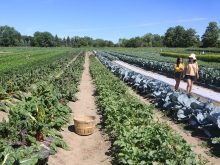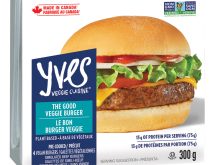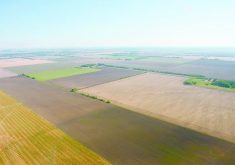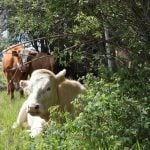Fed steer prices rise
Aggressive buying interest was observed last week ahead of the Victoria Day holiday. Most trade was reported dressed from $288-$293 per hundredweight delivered and comparable live trade was reported at $172.50 per cwt.
Steer prices firmed more than $1 per cwt. higher to average $173.42, the highest price since the same week five years ago. Total weekly sale volumes were the largest since August last year.
Western Canadian fed slaughter for the week ending May 14 was seven percent larger than the previous week, totalling 45,376 head. Year to date, western fed slaughter volume was four percent larger at 811,203 head. Canadian fed cattle/cow exports to the United States for the week ending May 7 were three percent lower than the previous week at 9,060 head and 13 percent larger than the same week last year.
Read Also
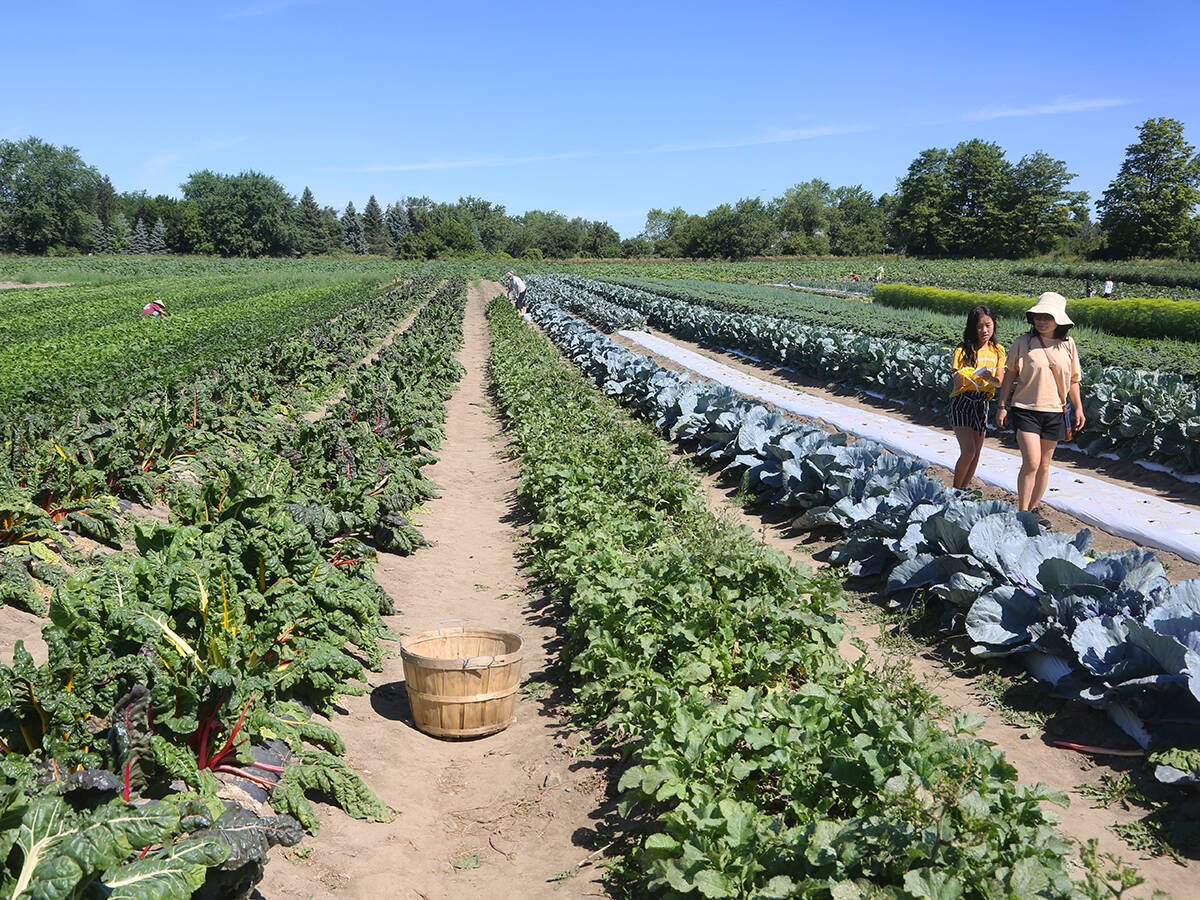
Organic sales up but operators down
Organic consumption is up in Canada, but the number of operators is on the decline.
Ontario fed steers firmed more than $2.50 per cwt. higher last week, averaging $181.87 per cwt., the strongest price since September 2015. The bulk of sales were $305-$306 per cwt. delivered.
In the United States, southern live prices were generally US$3-$4 per cwt. lower than the previous week from $136-$137 per cwt. Northern live trade was mostly reported $2.50 per cwt. lower at $142 per cwt. Dressed trade in the north ranged from $223-$228 per cwt. delivered with most sales $3 per cwt. lower than the previous week’s Nebraska rail average of $226 per cwt. delivered.
U.S. steer carcass weights for the week ending May 7 eased three pounds to average 898 lb. and were two lb. larger than a year ago. Last week’s total U.S. cattle slaughter was estimated four percent larger than the previous week at 680,000 head.
Many cows being sold
Non-fed prices remain historically strong and with tight feed supplies and slow pasture growth in many areas, producers are not wasting time sending their culls to town. D2s averaged $103.14 and D3s averaged $90.92 per cwt.
Butcher cow volumes have picked up compared to late April and early May but remain manageable. Western Canadian cow slaughter for the week ending May 14 totalled slightly more than 6,800 head, in line with 2019 and 2021. Canadian cow slaughter as a percent of total slaughter was 13.68 percent compared to the five-year average of 14.02 percent.
Butcher bull prices strengthened $2.50 per cwt. and are $11 per cwt. higher than last year, averaging $124.27. Canadian butcher bull exports to the U.S. totalled 902 head, the second largest weekly export volume seen this year.
Little feeder heifer demand
Large volumes of heifers continue to hit the market, and in some instances, heifers are making up 75 to 80 percent of the offering. Demand for replacement heifers has tapered off, and a lot of the palpated, breeding-quality females are going into the feedlot.
Alberta steers weighing 500-900 lb. established new annual highs last week. Since the beginning of the year, 600-700 lb. steer prices in Alberta have rallied 11 percent while Ontario prices have increased 15 percent. This is higher than the five- year average increase from early January to mid-May, which is closer to seven percent for both Alberta and Ontario.
Alberta 650 lb. steers are the highest since 2017. Last week Alberta and Saskatchewan heifers weighing 900-1,000 lb. for late summer-early fall delivery traded from $190-$203 per cwt., with a weighted average price of $199.35 per cwt. based at 966 lb. Prices were steady to a little weaker compared to three weeks ago.
Forward delivery prices continue to hold up well, considering the February 2023 live cattle contract has dropped .
There have been reports of some community pastures scaling back stocking rates so some producers have no choice but to destock. This week cow-calf pairs traded from $1,750-$2,700, averaging $2,150 per pair, which is $90 per pair lower than last year. Younger cows with January/February calves at side are fetching the highest dollars.
U.S. cut-out prices rise
In U.S. beef trade, Choice and Select cutouts ended the week on the upswing, though prices are still below the five-year average. The Choice/Select spread has started its seasonal rally and is at $15.64 per cwt., up from last week’s $12.84. Choice averaged US$261.70 and Select averaged $246.06.




